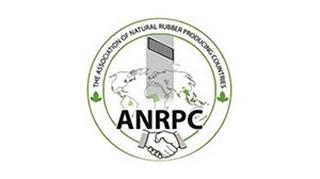KUALA LUMPUR, Malaysia—Natural rubber prices recovered gradually in June while a supply deficit remained in place, according to the June 2017 issue of Natural Rubber Trends & Statistics, the official publication of the Association of Natural Rubber Producing Countries.
The deficit in world NR supply in June was close to 700,000 metric tons, said ANRPC Secretary General Nguyen Ngoc Bich in the June issue. The ANRPC has revised its outlook for annual world supply in 2017 to 12.8 million tons, up 0.3 percent from the 12.6 million tons it predicted in May, Nguyen said.
A favorable supply-demand situation, rising crude oil prices, a sharp appreciation in the Chinese yuan and weakness in the U.S. dollar and Japanese yen are all factors in the current upward trend in NR prices, according to Nguyen.
World NR production for the first half of 2017 was 5.73 million tons, up 5.8 percent from the 5.42 million tons recorded in the first half of 2016, the report said.

India enjoyed the biggest increase in production during the first half, up 35 percent to 347,000 tons, the ANRPC said. But production in Thailand fell 2.9 percent, to 1.82 million tons, largely because of severe flooding during January and February.
Sri Lankan NR production also fell in the first half, down 5.2 percent to 45,300 tons, the report said. The rainy season in Sri Lanka in May and June affected tapping there.
This compared with world NR demand of 6.42 million tons for the first half of 2017, up 0.3 percent from 6.4 million tons in the first half of 2016.
Demand grew sharply in Vietnam and Thailand, but fell precipitously in Sri Lanka and the Philippines.
Regional rubber futures markets such as Shanghai played an influential role in NR prices in the first half of 2017, according to the ANRPC. The price of Standard Malaysian Rubber 20, or tire-grade rubber, rose from about $1.40 per kilogram on June 20 to nearly $1.60 per kilogram one week later.

























